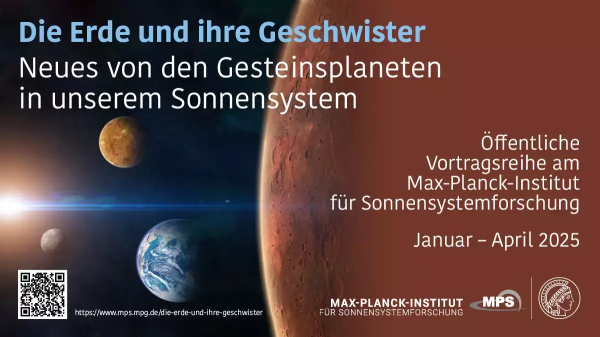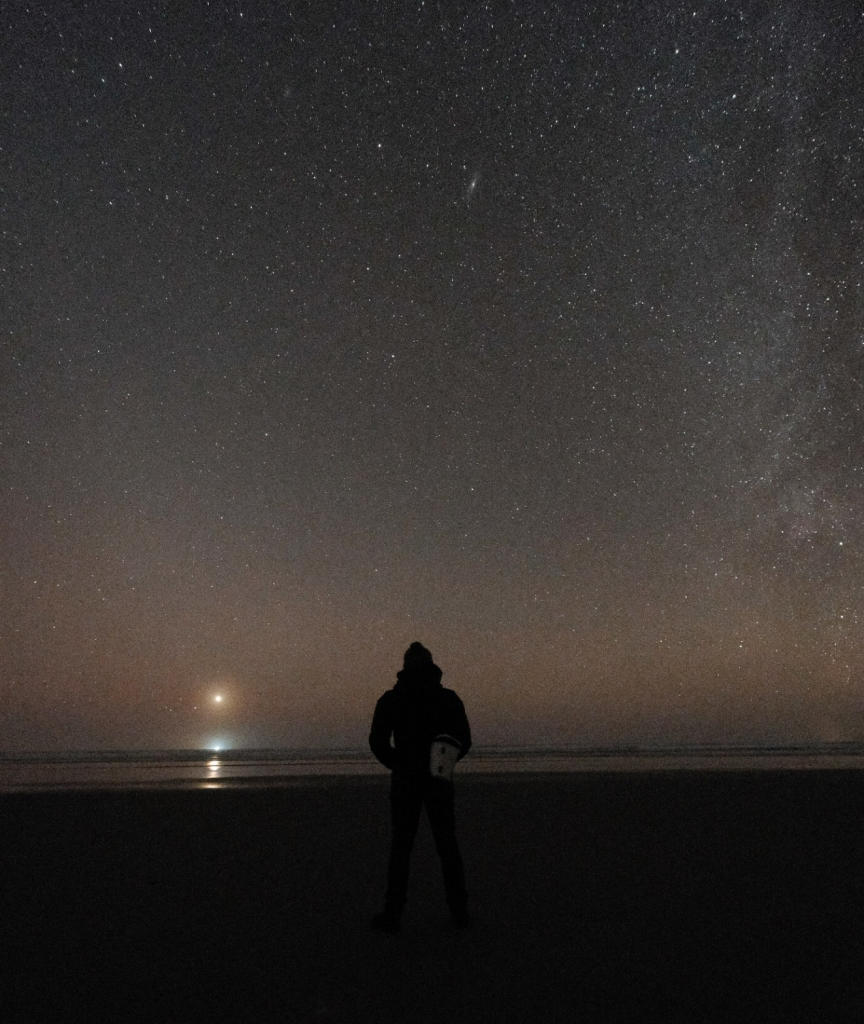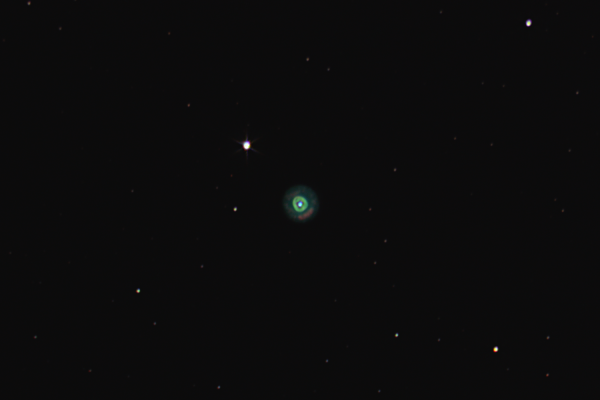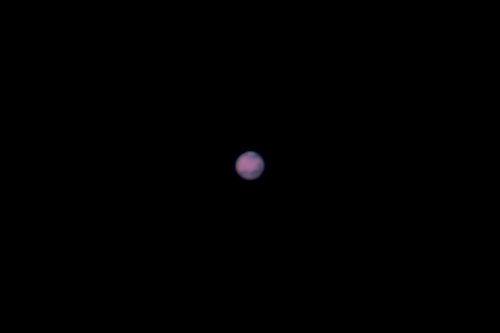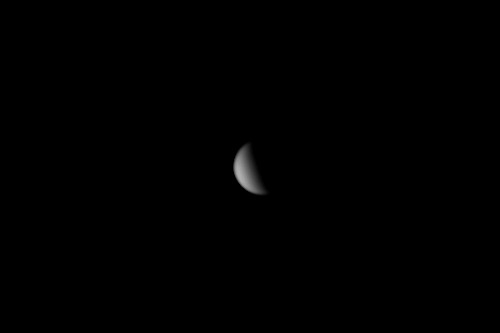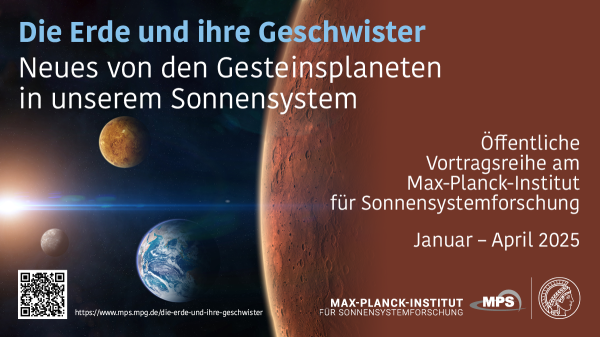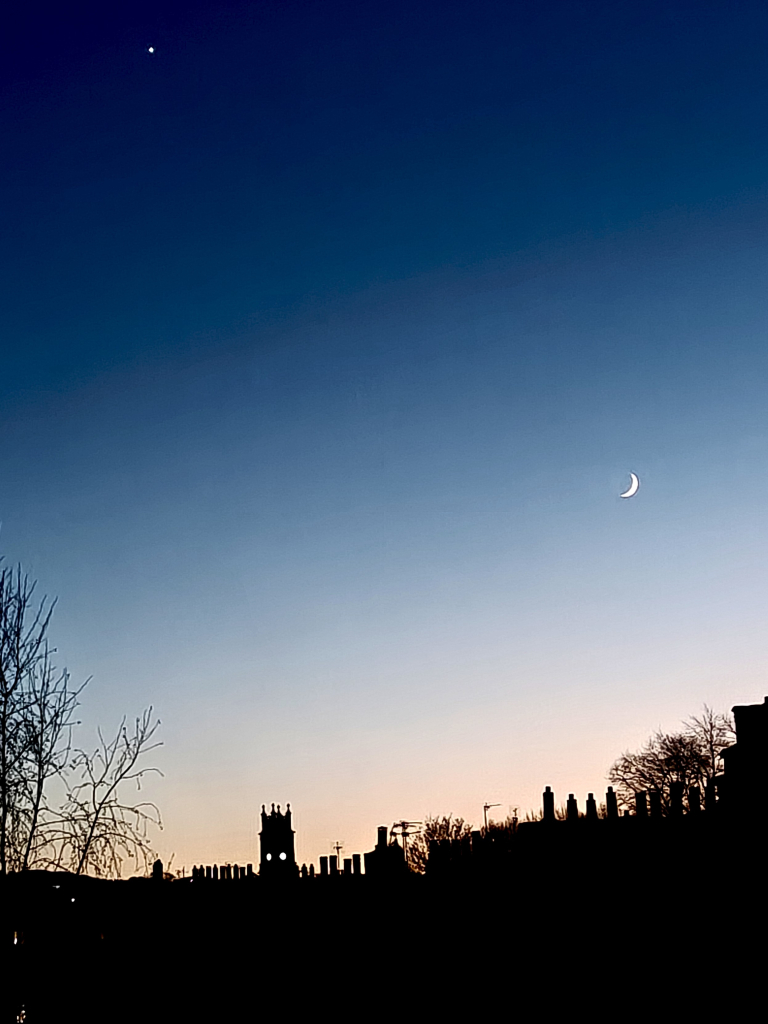Suche
Beiträge, die mit Vénus getaggt sind
Depuis cette #orbite, la sonde collectera de nouvelles données inédites qui permettront d'affiner notre compréhension de l'activité solaire. Info+ : https://www.esa.int/Enabling_Support/Operations/Solar_Orbiter_ready_for_close_encounter_with_Venus
#astrophysics #planetology #solarsystem
Solar Orbiter ready for close encounter with Venus
The European Space Agency (ESA) is ready to guide the ESA/NASA Solar Orbiter spacecraft through its closest encounter with Venus so far.www.esa.int
https://www.mps.mpg.de/die-erde-und-ihre-geschwister
In der aktuellen öffentlichen Vortragsreihe berichten Forschende von neuen Erkenntnissen rund um die Gesteinsplaneten unseres Sonnensystems.
Die Erde und ihre nächsten Verwandten, die Planeten Merkur, Venus und Mars, sind die Stars der diesjährigen öffentlichen Vortragsreihe am Max-Planck-Institut für Sonnensystemforschung (MPS). Die vier Gesteinsplaneten verbindet eine ähnliche Entstehungsgeschichte und ein gleichartiger Aufbau; gleichzeitig könnten die vier kosmischen Geschwister kaum unterschiedlicher sein. Während die Erde eine wasserreiche, belebte Welt wurde, ist der Merkur ein heißer, der Mars ein eisiger Wüstenplanet. Und die Venus hüllt sich in eine Wolkenschicht aus ätzender Schwefelsäure.
In der Zeit von Ende Januar bis April 2025 gibt die Vortragsreihe einen Überblick über die vier ungleichen Geschwister und geht aktuellen Forschungsfragen nach. Darunter: Ist der Merkur geologisch aktiv? Finden sich in der Atmosphäre der Venus Hinweise auf Leben? Was lernen wir aus den Zeugnissen frühesten Lebens auf der Erde? Und wann wird es möglich sein, eine Gesteinsprobe vom Mars zurück zur Erde zu bringen? Die Vorträge finden jeweils um 19 Uhr im Auditorium des MPS statt. Der Eintritt ist kostenlos. Eine Anmeldung ist nicht erforderlich.
Termine:
Donnerstag, 30. Januar 2025, 19h
Donnerstag, 27. Februar 2025, 19h
Donnerstag, 13. März 2025, 19h
Donnerstag, 3. April 2025, 19h
Ort:
Hörsaal, Max-Planck-Institut für Sonnensystemforschung, Justus-von-Liebig-Weg 3, 37077 Göttingen
#Göttingen #MaxPlanck #Astronomie #Sonnensystem #Planeten #Planetenforschung #Erde #Merkus #Venus #Mars #ÖffentllicherVortrag #Vortragsreihe #MPSGoettingen #Astrodon
#photography
#milkyway
#venus
#astrophotography
All lectures in German. See you there! #innerplanets
(I forgot to post this yesterday!)
#moon #Venus #Edinburgh #photography
Life seems to have been found. But not where they were looking
It is unlikely that it will be possible to explore even the nearest exoplanets with the help of automatic spacecraft in the current century. It is quite possible, however, that the answer will be found very close, on our closest neighbor in the solar system - on Venus. The surface temperature of the planet (735 K, or 462°C) and the enormous pressure (87–90 atm) of its gas envelope with a density of 65 kg/m3, consisting mainly of carbon dioxide (96.5%), nitrogen (3.5%), and traces of oxygen (less than 2·10–5%), are close to the physical conditions on many exoplanets of a special class.
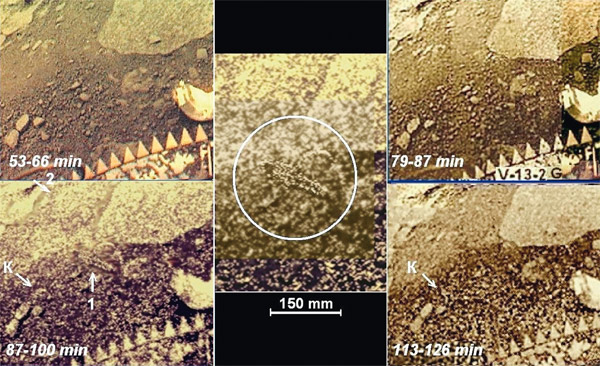
Recently, television images (panoramas) of the surface of Venus, obtained thirty years ago or more, have been re-examined and processed. They found several objects ranging in size from a decimeter to half a meter, which changed shape, position in the frame, appeared in some images and disappeared in others. And on a number of panoramas, precipitation was clearly observed, which fell and melted on the surface of the planet.
...
#science #cosmos #space #venus #life #history #USSR
Жизнь, кажется, нашли. Но не там, где искали
Следуя некоторым видам поиска, мы смогли бы обнаружить жизнь, базирующуюся на совершенно ином химическом составе (без углерода и/или воды).www.nkj.ru

